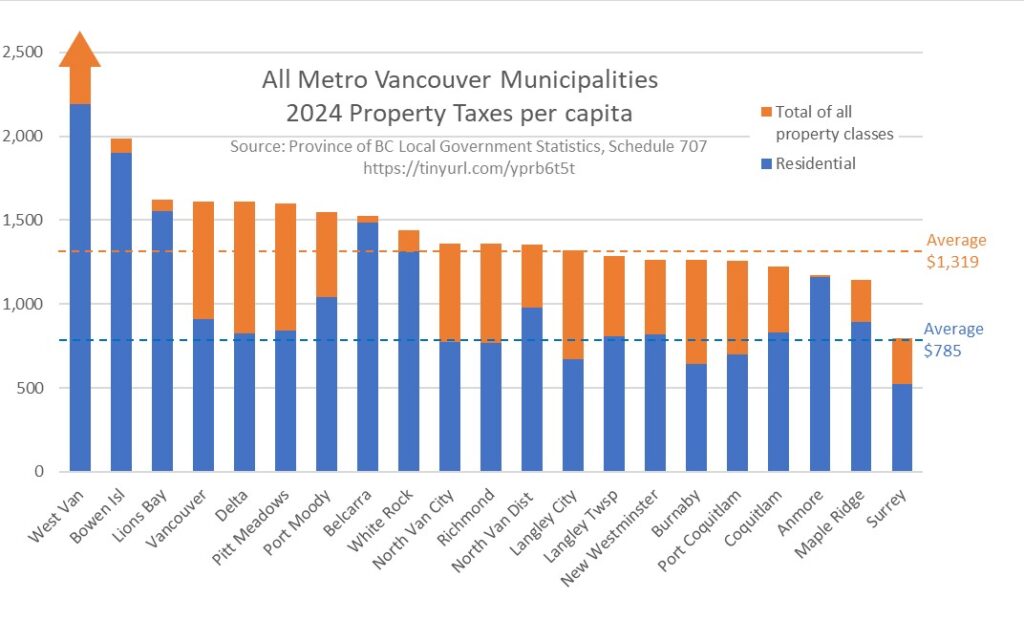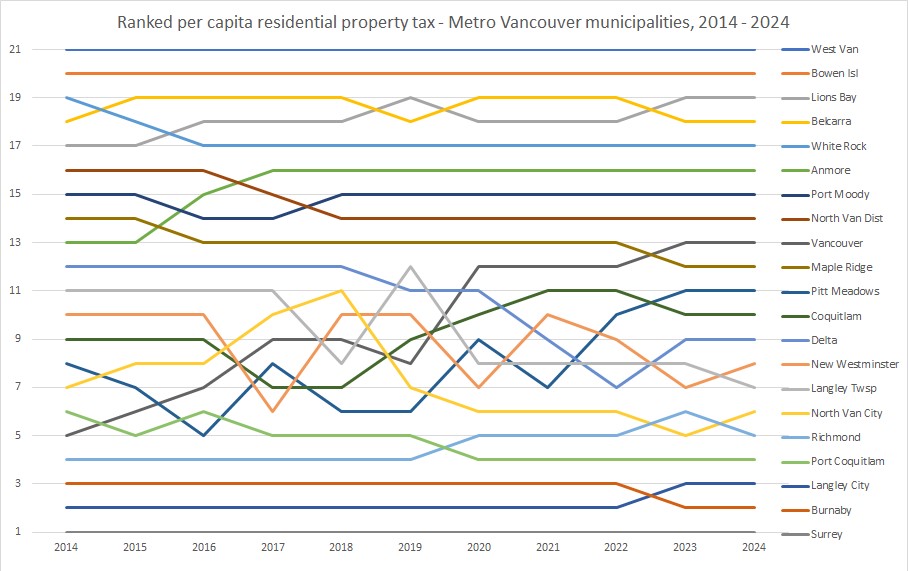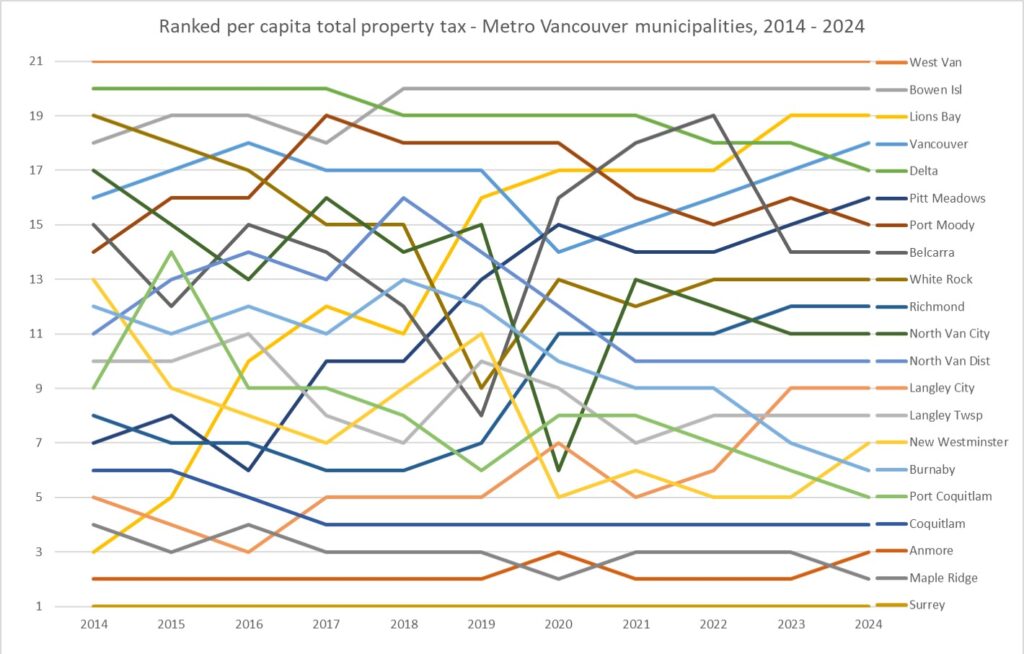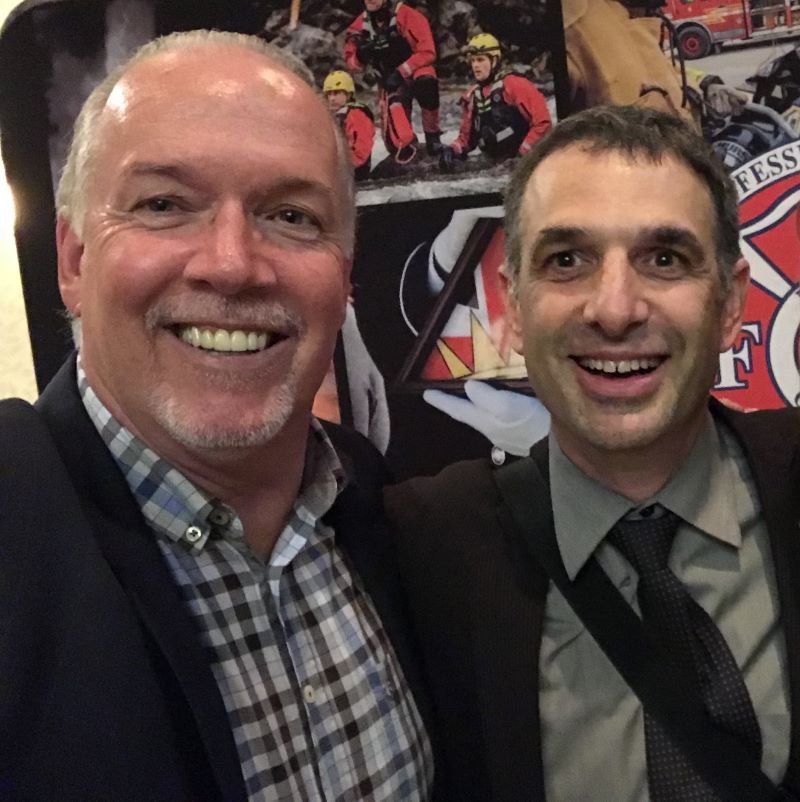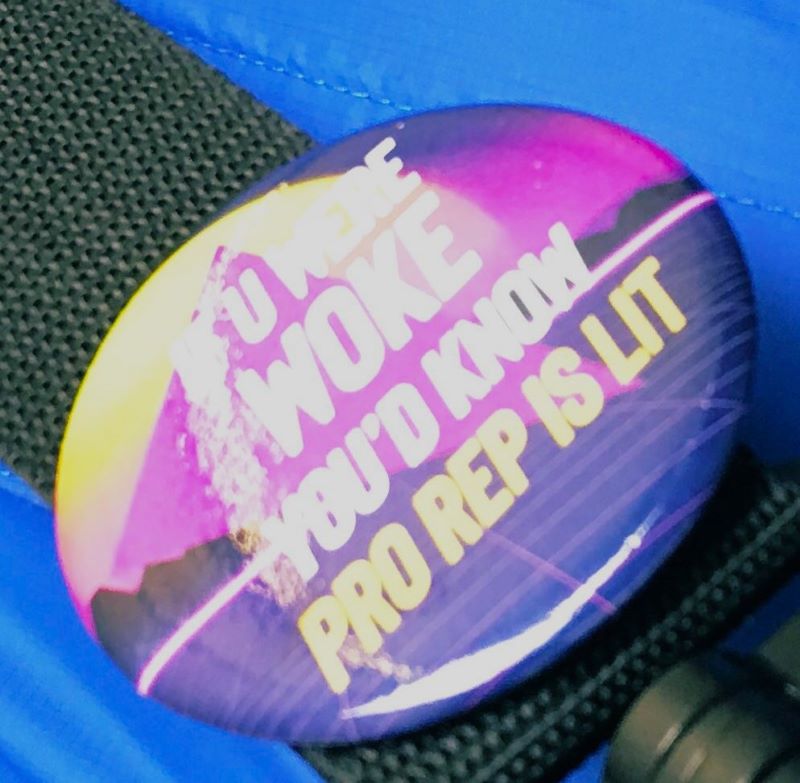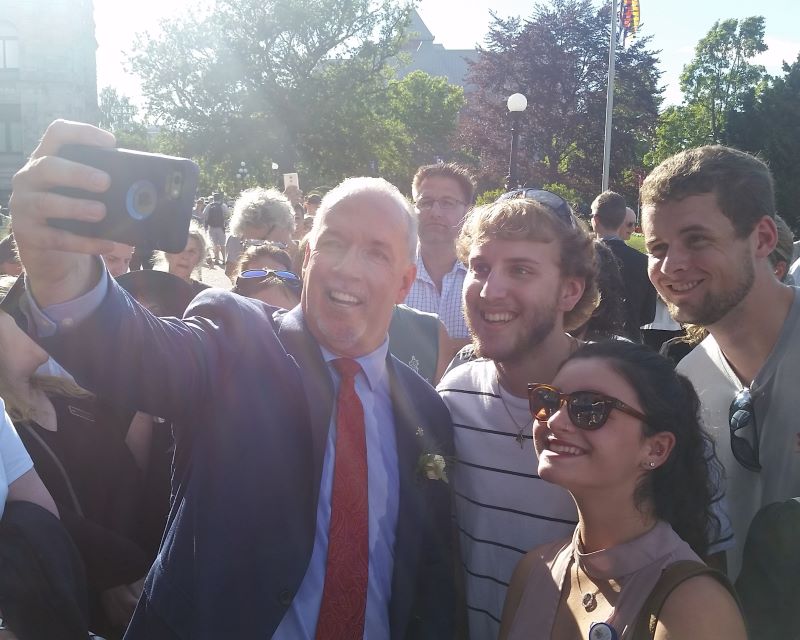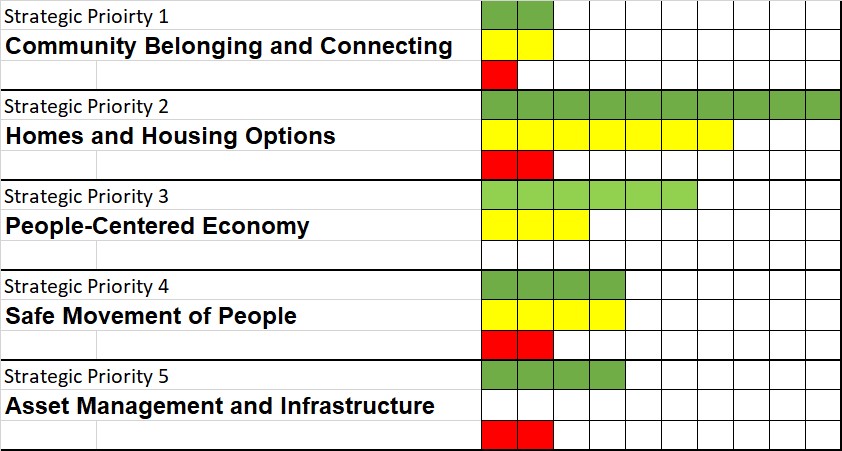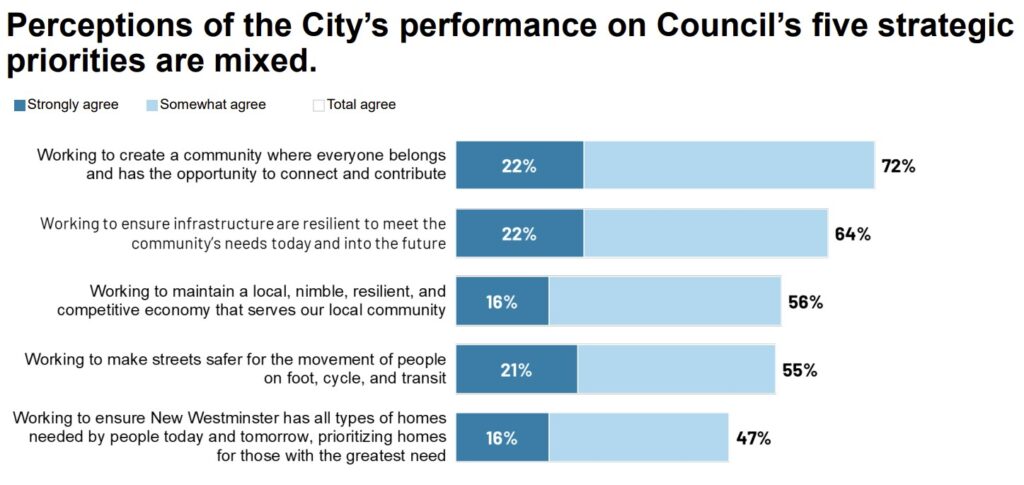As the days get shorter, as do the length of Council meetings. We had a fairly compact agenda, though longer days are coming with Budget Workshops in the upcoming Council Calendar. We started with consideration of a Temporary Use Permit:
Temporary Use Permit for 502 Columbia Street
There have been a number of different activities in the building at 502 Columbia Street since all five Army & Navy retail locations in BC and Alberta were closed during the COVID-19 downturn. The front street side has hosted an emergency overnight shelter for a few years operating under a Temporary Use Permit.
They are now looking to a new and different TUP because the envisioned use is different, and we anticipate that this shelter will be converted to 24/7 operation as soon as funding is made available by BC housing. We will also create a community Advisory Committee similar to the successful model used in Queensborough to address community concerns around operations.
There has been a lot of community conversation about this shelter, and some concerns raised about the external impacts on the wider community. It has been clear that the current operation is not ideal. A night-time only shelter does save lives, reduces the occurrence of outdoor encampments, and other issues like warming fires in the winter. However, people using the shelter have to leave the shelter early in the morning and be present to check in early in the evening. Between these times they have nowhere to go, and face numerous challenges with no secure place to keep their belongings, no “address” for services to connect with them, no place to use the washroom, etc. Converting this to 24/7 will help address these needs, and reduce the need for folks to set up daytime “encampments” to stay warm and dry during the day or to gather as a community.
Over the last few months I have had hundreds of conversations with businesses and residents downtown, and the Crises Response Team and City staff have also connected thought the BIA and the Downtown Residents Association. The clear call has been for 24/7 shelter to replace this nighttime-only shelter, as most folks downtown see that as the right balance between compassionate support for people unhoused in our community and managing the numerous external impacts of the three overlapping crises. We received a fair amount of correspondence on this TUP, and on balance it supported what we have heard from the business community and residents.
There are some steps yet to get to 24/7 here, and we need BC Housing to provide some supports to make it viable, but this TUP was a necessary step in that direction.
This is still a Temporary Use Permit, because no-one (the City, BC Housing, the operator) think this is a long-term solution to unsheltered people in our community. We need transitional and supportive housing, along with a more permanent purpose-built shelter. This is set out clearly in our Housing Needs Report, and is an ongoing discussion with BC Housing. More will be coming on this soon.
In a split vote, Council approved the TUP.
The following items were Moved on Consent:
Community Advisory Assembly Update and Reports
The Community Advisory Assembly has met on a few topics, and this is a preliminary report back on two. They had a staff-led discussion on the city’s Road Reallocation goals under our seven bold steps and provided some feedback on how we might approach this goal. They then had a discussion that we led by the Assembly on the intersection between climate action and equity that our engagement consultants described as groundbreaking and inspirational. Having a disparate group of community members work to find common ground with each other when they don’t share their experience or opinions is what this process is all about.
This is a preliminary reporting out, with some recommendations to Council, and the next step is that staff will review the recommendations to report back to Council on opportunities towards implementation.
Local Government Climate Action Program 2023 Reporting Year and Program Funding
LGCAP is a funding program from the Provincial government to support local governments in climate action, with the only string attached being that we set goals and report back our progress to the province every year. This is that report. This is the third (smallest) contribution to our Climate Action Reserve Fund which is being used in the City to support implementation of our corporate and community emissions reduction plans. Starting in the 2025 budget year, allocation of the LGCAP funds along with the rest of the CARF will be supported by the Climate Action Decision Making Framework to assure we are spending them in the most effective way possible.
The following items were Removed from Consent for discussion:
New Westminster Chamber of Commerce – Request for Funding
The New West Chamber, like several other Chambers and Boards of Trade in the province, had some struggles through the COVID response with waning membership and tight finances. The New West Chamber is, by their own admission, in a rebuild phase, and have been doing excellent work over the last year+ in re-engaging business members, in providing value to their members and the larger business community.
The City has provided grants to the Chamber in the past, initially without performance indicators, though this model was ended a decade ago at the Chamber’s request and adopted a more fee-for-service model that relied on annual requests and agreement on deliverables, on the order of $25,000.year for the last few years. This report is about a request for a significant increase in the scope of support and resultant level of grant. This includes support in hosting an Economic Forum in the spring. Council voted to support the chamber in these requests, recognizing the value of the relationship.
Proposed 2025 Schedule of Council Meetings and Proposed Updates to Delegation Protocol and Notice of Motion Process Policy
This is partly an annual update report where we set the Council schedule for next year, and partly an update on some procedural changes for Council meetings that were proposed by our (still relatively new) Corporate Officer. They are experienced at running City Councils, and see some ways ours can run more efficiently, and as such are asking us to review a few ideas.
The first part is a new Council Schedule for next year, which will rely a bit more on Workshop style meetings in the off-weeks when we don’t have regular Council. Our current workshops on Council days often feel rushed and add to the chaos of a busy day, and moving them to the off weeks (as we have intermittently done over the last year) makes things work smoother, and gives Council more time to dig into meaty discussions in a public forum but in a less formal structure than Council.
On my recommendation, I also suggested that Workshop Meetings be chaired by the Acting Mayor instead of me. This is not an uncommon practice for Committee of the Whole type meetings in other Councils around the region, gives each member of Council an opportunity to experience the excitement and challenge of chairing this unruly bunch we all love. During these meetings, I’ll be just another member of Council.
For reasons confused by time, we have a practice of starting meetings at 6:00 and not starting public delegations until 7:00. This presents some sometimes strange procedural issues, but also leaves delegates confused about what time they are actually expected to start. We are going to put delegations at 6:00 right at the start of the meeting to make that clearer for guests.
The final recommended change was to our Notice of Motion procedures. The Corporate Officer made the case that NoMs are a bit resource-intensive, as they must be reviewed for a variety of policy and legal matters prior to being placed on the agenda. Most NoMs are simple, some are actually jurisdictionally complex, and the Corporate Officer’s job is to assure everything on the Agenda in its proper form. Last term, we had about a half dozen Motions from Council per year. This has shifted to more than 75 since we implemented the now NoM procedure last year (and it was up to 7 per meeting before the NoM procedure was brought in). Our current policy allows up to 154 per year, which means a significant workload just to manage the Notices, never mind the impact on workplans and budgets of Council approves most of them. Something had to give.
That said, I think in the last 6 months or so, Council has been pretty responsible in use of the new NoM procedures, and we have managed to find a functional balance in Council around giving Councillors space to bring new ideas and managing the existing workload. That, however, is in Council Chambers, and the increased resource needs of back-of-house required here is not something we can ignore. So Council agreed to a late motion that is essentially status quo, recognizing that there will likely be a requested budget enhancement in 2025 for Legislative Services staff to help manage this workload.
We then had two Bylaws for Adoption:
Zoning Bylaw No. 6680, 2001, Amendment Bylaw (Family Friendly Housing Policy) No. 8486, 2024
This Bylaw that updates our Family Friendly Housing requirements was adopted by Council.
Zoning Bylaw No. 6680, 2001, Amendment By law (Electric Vehicle Ready Requirements for New, Non-Residential Buildings) No. 8494, 2024
This Bylaw that requires 50% of all off-street parking in new non-residential buildings be EV ready was adopted by Council.
And that was the end of the meeting. Next week we start our budget workshops. I don’t usually report here on workshop meetings (there are only so many hours in the day and I have 400+ unanswered emails in my inbox), but you can tune in and watch along here.
